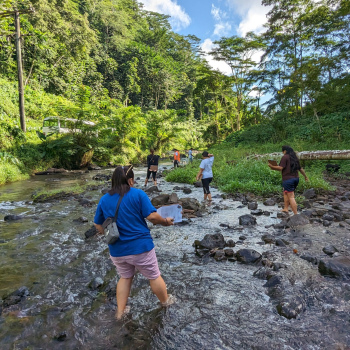
CC BY-SA 4.0 Übersee-Museum Bremen, photo: Gese Gese

CC BY-SA 4.0 Übersee-Museum Bremen, photo: Gese Gese

CC BY-SA 4.0 Übersee-Museum Bremen, photo: Gese Gese

CC BY-SA 4.0 Übersee-Museum Bremen, photo: Gese Gese

CC BY-SA 4.0 Übersee-Museum Bremen, photo: Gese Gese

CC BY-SA 4.0 Übersee-Museum Bremen, photo: Gese Gese

CC BY-SA 4.0 Übersee-Museum Bremen, photo: Gese Gese

CC BY-SA 4.0 Übersee-Museum Bremen, photo: Gese Gese

CC BY-SA 4.0 Übersee-Museum Bremen, photo: Kush Sethi

CC BY-SA 4.0 Übersee-Museum Bremen, photo: Michael Stiller

CC BY-SA 4.0 Übersee-Museum Bremen, photo: Kush Sethi

CC BY-SA 4.0 Übersee-Museum Bremen, photo: Kush Sethi
